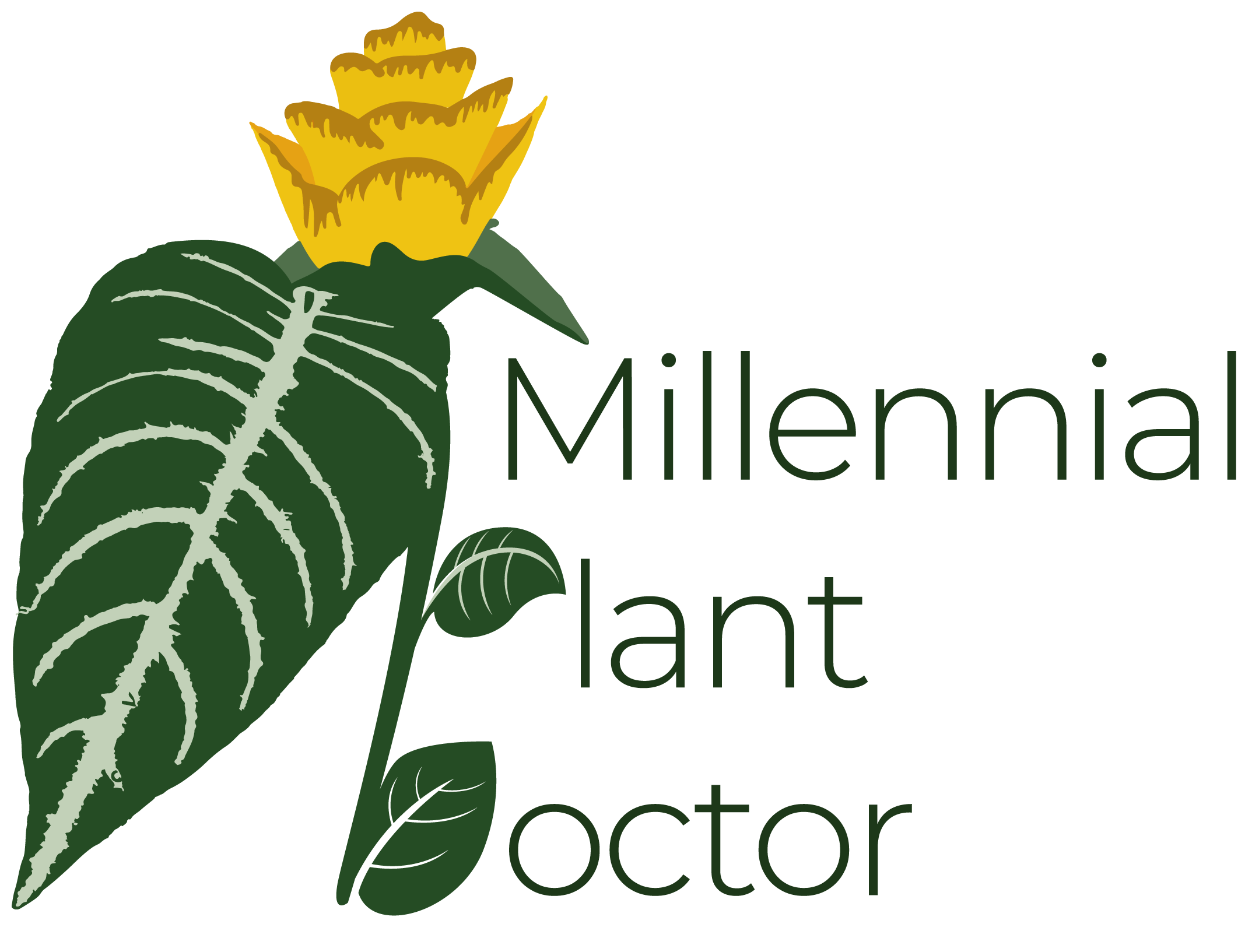
The latest generation of LEDs have hit the market. LED lights that consume less energy and better accommodate plants’ needs based on decades of spectral research, not human preference. The ‘Full Spectrum Plus Optimum Orchid LEDs’ from The Orchid Hobbyist was designed by Jeff Young, an orchid grower and aficionado, whose goal is to develop spectrally balanced lights that promote both growth and blooms. Spectral comparison between natural light, commonly used fluorescents/LEDS, and the ‘Spike Producer’ LEDs reveal that the evolution of grow lights towards being more photosynthetic efficient, with additional far-red necessary for bloom.
Unlike most traditional fluorescent lights which emit an orange-red peak outside the preferred red absorbance for chlorophylls a & b, the ‘Spike Producer’ emits a true red peak. Unlike most conventional LED tubes which emit a single color light throughout the entire length, these consist of alternating 6500K, red (660 nm), and far-red (730 nm) bulbs. The additional far-red emission will be an added bonus, expected to boost bloom quantity in several reported plant species (1, 2). Finally, a light source produced by plant people and made just for plants!
If natural light was an all-you-can-eat buffet for plants that changes throughout the day/season, fluorescents and most LEDs could be described as a limited menu buffet with some key substituted elements (true red swapped out for orange-red). Pink LEDs would be equivalent to the most basic diet of rice and beans. The Spike Producer would be described as almost the complete all-you-can-eat buffet (UV is not present) with the added bonus of consistency that natural light cannot offer.
The ‘Spike Producer’ LEDs is currently utilized by the orchid community and testing is currently underway for African Violets and other Gesneriads. Please look forward to the testing team’s results, which will be published in the Spring 2021 issue of the African Violet Magazine.
NOTE: all spectral analyses were done using the Lighting Navigator spectrometer. Natural light measurement was done on a cloudy November 2019 day at high noon. Four-feet long T5HO Fluorescent and 5000K retrofit LED bulbs powered by Sunblaster, and Mieemclux pink 1500w LED lights were used.

